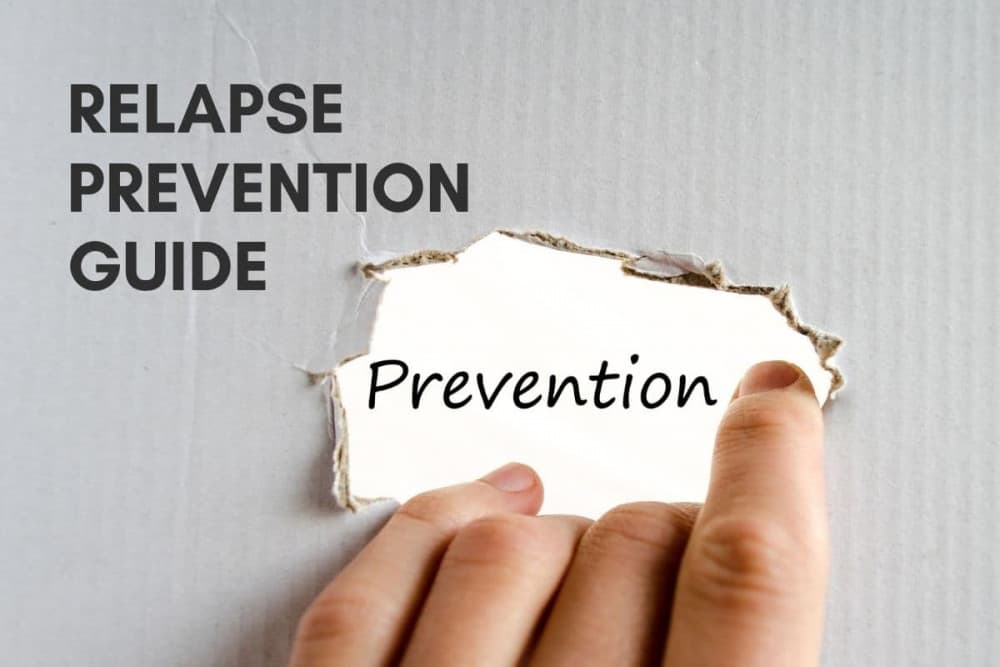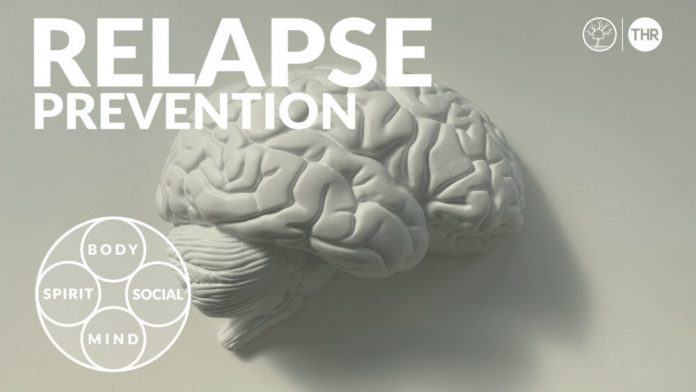Relapses are very common, especially in the case of mental health conditions such as eating disorders, depression and in addiction. As a key part of treatment for anorexia, a relapse prevention plan is usually put together prior to the patient being discharged from treatment or completion of therapy. Key issues to be explored in this article are listed below.
- What is a relapse?
- Key warning signs and triggers
- Relapse prevention
What is a Relapse?
A relapse is a regression in thinking patterns, behaviours relating to the illness and a return of eating disorder symptoms. The longer the duration of illness and the more severe the weight loss has been the more likely the possibility is of experiencing a relapse.

Key Warning Signs
Relapses may have many warning signs and thus education about relapse prevention is a crucial part of recovery. Signs may include the following: continued drop in weight, failure to attend treatment appointments, changes in diet, putting off meals, increased exercise, decreased socialisation, sleeping problems, difficulty concentrating, increased anxiety, restlessness, irritability and depression.
Triggers that may result in a relapse include the following: employment changes (unemployment, redundancy, change of job, promotion), relationship changes (new relationship, separation, divorce), bereavement (spouse, relative, close friend), illness (particularly gastroenteritis, influenza and viral infections), medication changes (tapering off or beginning a new drug) and changes to one’s treatment (ending therapy, day-patient or out-patient care).
Relapse Prevention

Due to the fact that relapses are so common in recovery, education about both relapse prevention and management are vital to not only reduce the risk of serious health consequences but also to enable the sufferer to identify and then challenge the lapse early on. The quicker one spots what is happening, before a significant amount of weight is lost and before the disorder takes hold then the easier it will be to get back on track again.
A relapse prevention plan is key to recovery and is ideally put together with the help of a therapist or eating disorders professional. The plan should contain the following: a set healthy weight range, menu plans to be used if weight restoration (or loss should the patient go overtarget) is required, exercise contract, numbers of support network to call if feeling wobbly, numbers of care team if feeling very “unsafe,” distraction exercises, self-harm alternatives as well as relaxation techniques.
Sometimes a treatment team will also require the patient to agree as part of their relapse prevention plan that they will be readmitted to an eating disorder unit should their weight fall below a certain weight or if self-harm behaviours return.


















